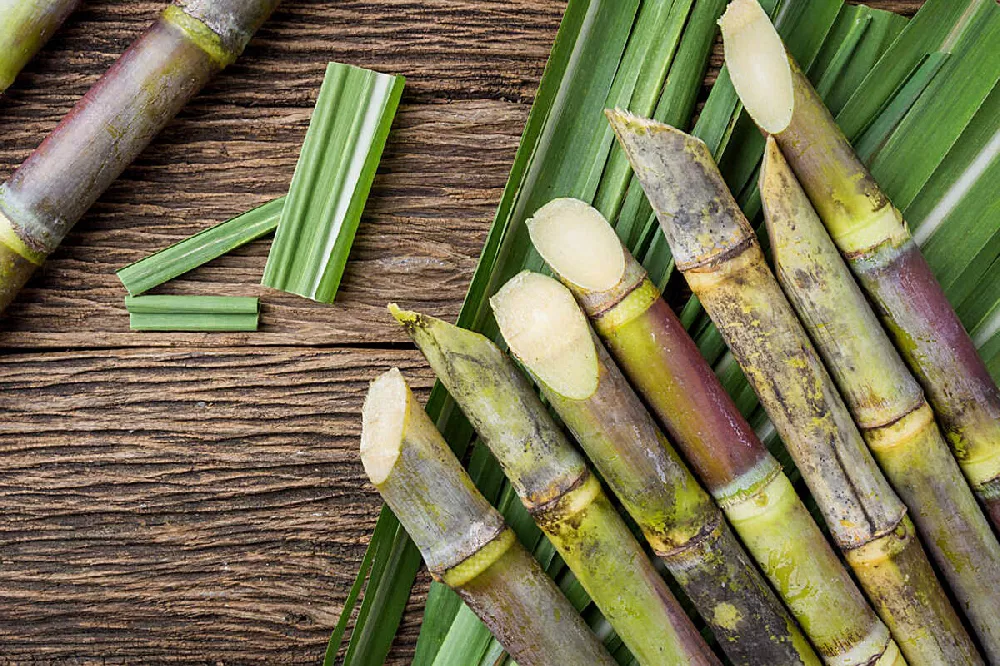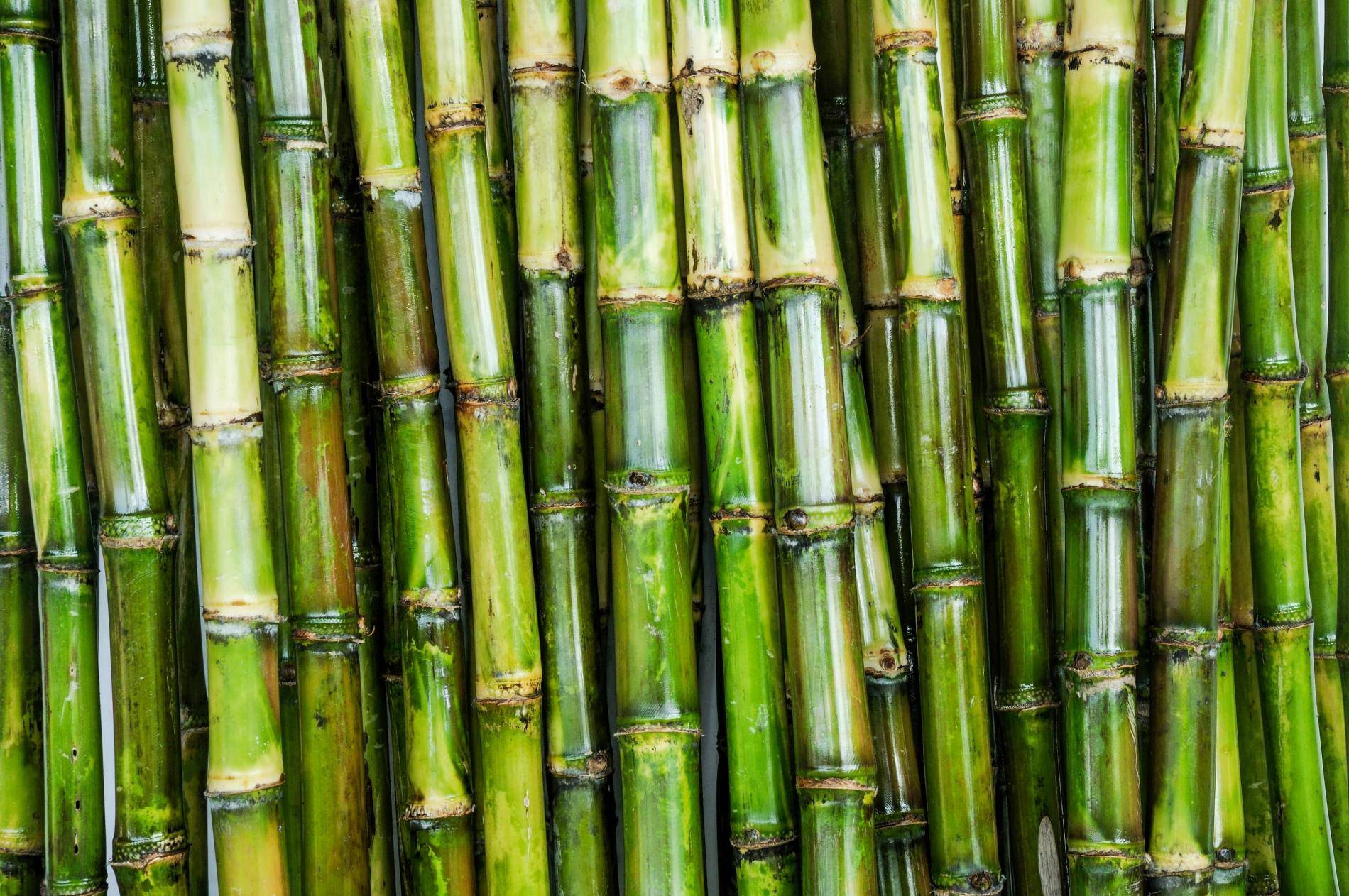Cane Sugar Processing: Conventional Techniques and Modern Innovations
Cane Sugar Processing: Conventional Techniques and Modern Innovations
Blog Article
Exploring the Comprehensive Steps Associated With Walking Stick Sugar Handling From Gathering to Refinement
The process of walking stick sugar manufacturing incorporates a collection of complex steps, beginning with the cautious harvesting of sugarcane and finishing in the improvement stages that ensure the final item fulfills sector requirements. Each stage, from the extraction of juice to the filtration and formation procedures, plays a critical duty in figuring out the high quality and personality of the sugar. Understanding these stages not only highlights the intricacy of sugar production however also raises essential questions about efficiency, sustainability, and advancement in the sector. What ramifications do these elements have for future methods?
Gathering Sugarcane
Collecting sugarcane is an important action in the walking stick sugar processing chain, as it straight influences the high quality and yield of the final product. Appropriate timing and methods are essential throughout this phase to make certain optimal sugar web content and reduce losses. Usually, sugarcane is gathered when it gets to maturation, typically 12 to 18 months after planting, identified by a high sucrose focus.

Post-harvest, the sugarcane needs to be refined swiftly to stop sucrose degradation. Preferably, gathered walking cane should be transferred to processing facilities within 1 day to maintain sugar top quality. As a result, efficient logistical preparation is critical to preserve the integrity of the gathered plant throughout the supply chain.
Removal Process

The smashed walking stick goes through a series of pushing procedures to maximize juice healing. Normally, warm water is splashed onto the smashed walking stick, producing a countercurrent flow that helps dissolve the sugar while also assisting in the removal process. The juice gathered from this procedure contains not only sugar but additionally numerous organic substances and impurities.

To improve removal performance, some facilities might utilize diffusion methods, where the sugarcane is taken in warm water, enabling the soluble sugars to diffuse into the liquid. The resulting juice, rich in sucrose, is after that directed to succeeding processing phases, laying the structure for purification and refinement. The extraction procedure is hence essential in establishing the top quality and return of the final sugar item.
Filtration Strategies
The filtration methods employed in walking stick sugar handling are essential for transforming the raw juice into a high-quality sugar product. These approaches largely intend to get rid of contaminations, such as soil, plant products, and not natural materials, which can adversely impact the last item's taste and shade.
One of one of the most typical purification strategies is explanation. This process involves including lime and warm to the raw juice, which assists in the coagulation of contaminations. The resulting precipitate is then removed through sedimentation or purification, producing a clearer juice. Furthermore, making use of phosphoric acid can boost the information procedure by further binding pollutants.
One more significant technique is carbonatation, where carbon dioxide is presented to the clarified juice. This response creates calcium carbonate, which records staying pollutants and promotes their removal.
Moreover, activated carbon treatment may be related to adsorb any type of staying colorants and natural impurities, making sure a more polished item. The combination of these techniques effectively prepares the sugar juice for succeeding action in the refining process, setting the stage for the production of top quality walking stick sugar.
Crystallization Techniques
After the purification stage, the following important action in cane sugar processing includes condensation methods, which play a crucial role in changing the cleared see it here up juice into solid sugar. This process generally utilizes 2 primary methods: spontaneous crystallization and controlled formation.
In spontaneous condensation, supersaturated sugar solutions are allowed to cool normally, bring about the formation of sugar crystals over time. This approach is simpler but may result in irregular crystal dimensions and reduced company website purity levels. On the other hand, controlled formation is a more precise method where temperature, seeding, and concentration representatives are carefully taken care of. This approach enables for the consistent development of sugar crystals and higher pureness.
Throughout condensation, the made clear juice is focused via dissipation, boosting its sugar web content till it gets to supersaturation. As soon as this point is attained, either technique can help with the condensation process. Cane Sugar Processing. The resultant sugar crystals are after that divided from the continuing to be syrup with centrifugation
Eventually, the choice of crystallization technique affects the high quality, size, and purity of the last sugar product, making this action crucial in the overall walking cane sugar handling procedure.
Refinement and Packaging
Exactly how can the pureness and high quality of walking stick sugar be additionally boosted after formation? The refinement procedure plays an essential duty in achieving high-grade walking stick sugar.
Following, the sugar undergoes a procedure called centrifugation, where it is rotated at broadband to divide the detoxified sugar crystals from the staying fluid. After centrifugation, the sugar is often additional refined via a technique called carbonization or phosphatation, which utilizes triggered carbon or phosphoric acid to get rid of color and off-flavors.
Once fine-tuned, the sugar is dried to attain the desired wetness content, making sure that it continues to be secure throughout storage and transport. The last step includes product packaging the refined sugar in moisture-proof and impermeable containers to maintain its high quality and prevent contamination. Cane Sugar Processing. Appropriate product packaging not just prolongs life span however additionally facilitates very easy handling and distribution, making certain that customers get sugar that satisfies the greatest standards of pureness and top quality
Final Thought
The thorough actions associated with walking stick sugar processing, from the precise harvesting of sugarcane to the elaborate refinement and product packaging phases, highlight the relevance of each phase in ensuring top quality sugar manufacturing. Optimal harvesting methods, efficient extraction techniques, and rigorous filtration processes jointly contribute to the end product's purity and stability. The crystallization and subsequent product packaging methods even more boost the stability and service life of the sugar, highlighting the intricacy and precision intrinsic in this crucial agricultural sector.
The procedure of cane sugar manufacturing includes a collection of detailed actions, starting with the careful harvesting of sugarcane and culminating in the improvement stages that make certain the last product satisfies industry standards. Ideally, gathered walking stick needs to be transported to processing centers within 24 hours to maintain sugar top quality.In spontaneous formation, web supersaturated sugar options are enabled to cool normally, leading to the development of sugar crystals over time - Cane Sugar Processing. The refinement process plays a crucial duty in attaining top notch walking stick sugar.The thorough steps involved in cane sugar handling, from the thorough harvesting of sugarcane to the complex improvement and packaging stages, emphasize the relevance of each stage in ensuring high-quality sugar production
Report this page